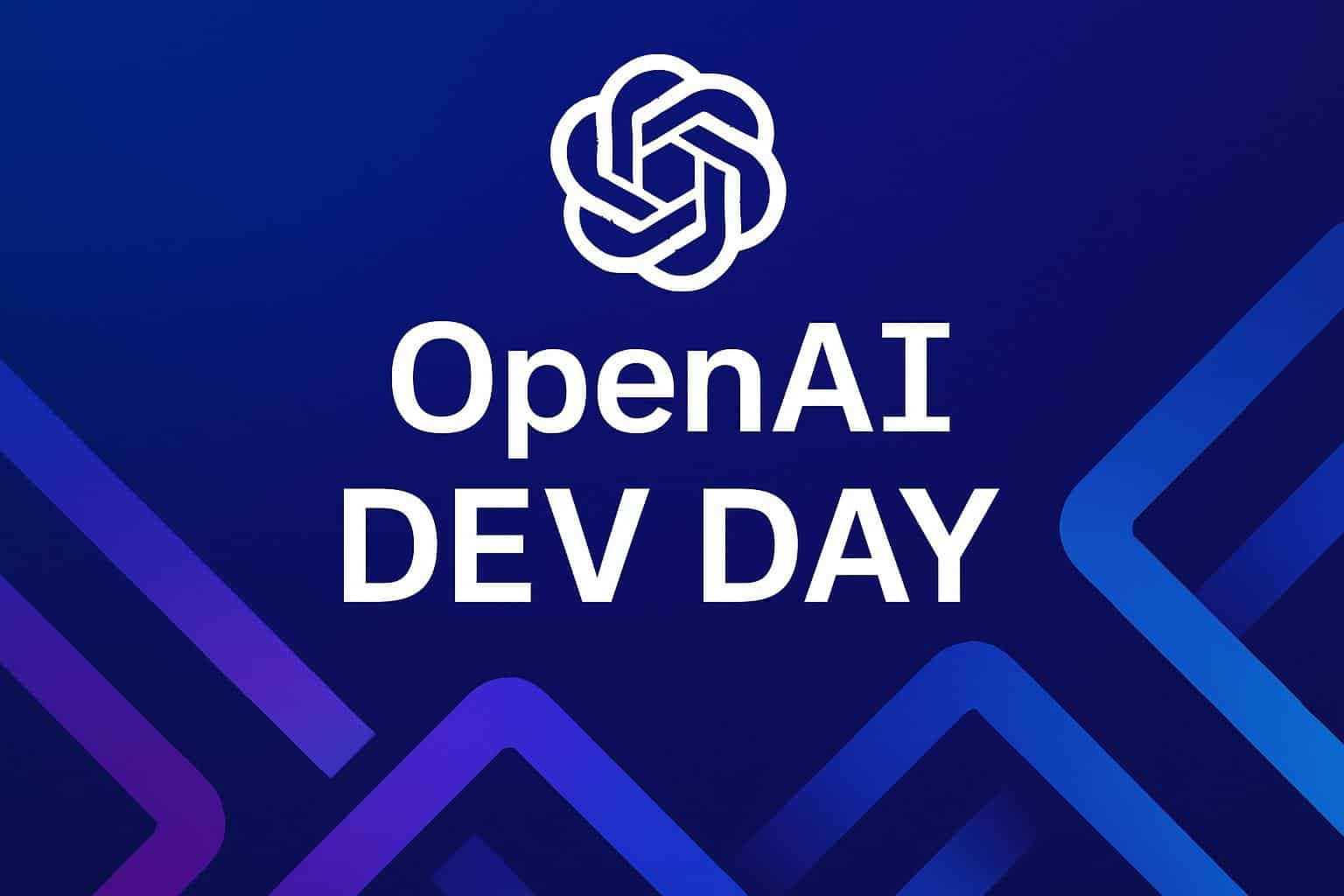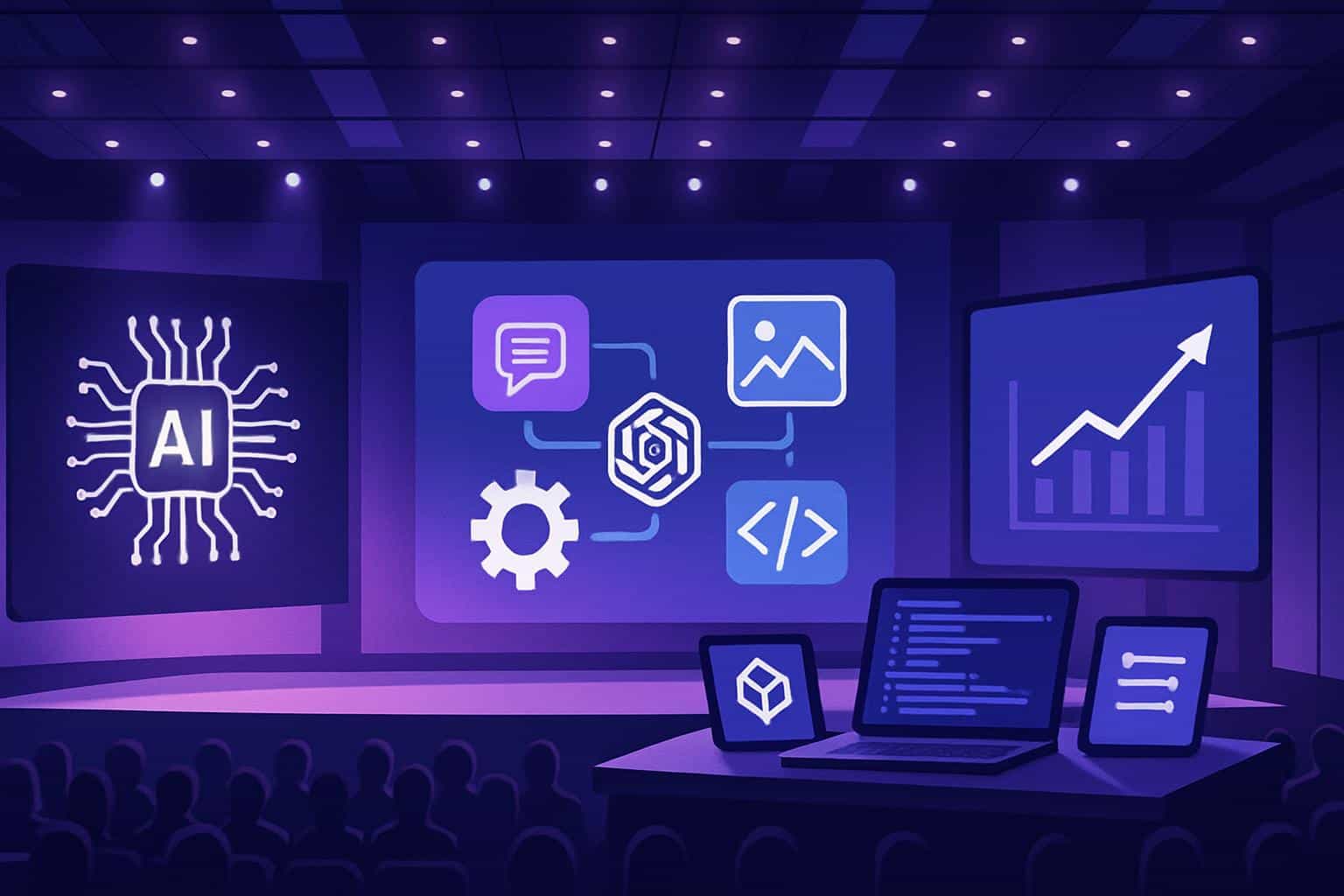OpenAI’s new DevDay lands with a bigger stage and higher stakes, announcing fresh tools for developers and a clearer idea of where its consumer and enterprise AI plays are going. Anticipate a polished keynote, technical sessions, and a focus on real-world agent workflows, multimodal capabilities, and cost-performance gains that actually make a difference in production.
The company has telegraphed an ambition that now extends beyond chatbots into the browser, devices, and creator tools, all while rivals are moving swiftly. Anthropic and Google are further refining coding models and systems for web-scale reasoning, while Meta is making strides in open research and talent aggregation. That competitive heat all but ensures the announcements are those that address developer ROI directly: faster inference, longer context windows, more reliable tooling, and improved safety controls.

Here’s what to watch for, how to watch, and why this DevDay could be the most significant yet for teams building real products with generative AI.
What to watch in the keynote: models, tools and agents
OpenAI normally reserves its keynote to announce major model updates and platform features. In 2023 it unveiled GPT-4 Turbo and a vision for a custom agent marketplace. Last year was pragmatism, with APIs for voice and improvements so developers could work better. The throughline implies that this will continue to be the year of reliability, tools orchestration, and higher fidelity in multimodal input/output.
Watch for three categories of news:
- Base-model improvements: quicker, cheaper tokens, improved function calling, and more robust long-context retrieval that works well on messy enterprise data.
- Agentic workflows: better routing, memory, and evaluation tooling to help teams graduate an agent from a demo to a durable workflow.
- Creative systems: updates for video generation and audio—where Sora and real-time voice interfaces are getting a lot of interest from media, marketing, and support teams.
Hardware and interface rumors will also turn in the wind. An AI-first browser or the partnership with famed designer Jony Ive would indicate a move to stake control over the user experience end-to-end. Even a small preview — design principles, privacy posture, or a developer surface — would tell people where to think about placing bets for the next build cycle.
Finally, I also believe that pricing and safety are going to play together more clearly.
Enterprise customers are demanding predictable costs and fine-grained controls. We are likely to see OpenAI double down on governance features — including policy enforcement, content filtering, and auditability — as well as some concrete steps (on model provenance and red-teaming) that align with recent recommendations from institutions like NIST.
Sessions and sideshows: demos, roadmaps and best practices
Outside of the keynote, OpenAI’s “Developer State of the Union” typically wraps demonstrations around future capabilities with a roadmap concerning SDKs and APIs. Anticipate this to cover rate limits, stability targets, and migration paths — the sort of detail that can determine whether an upgrade lands in your sprint, not your backlog.
DevDay also leans into show-and-tell. Sora-fueled short films and interactive installations have become a manner of showcasing advancements in generative video, audio, and photoreal avatars. “These demos are important: They show us model strengths and failure modes (motion consistency, lip-sync, text legibility, fine-grained edits) that affect real production pipelines.”

Look for appearances from OpenAI’s leadership in addition to industry builders and researchers. These sessions often yield best practices on retrieval-augmented generation, fine-tuning vs. prompting, evals, and safety-by-default patterns for customer-facing apps.
How to watch live and on demand, plus tips for teams
Remote viewers can watch via the opening keynote stream on OpenAI’s YouTube channel. That’s the only on-air segment open to the public. If you won’t be able to catch the live stream, do expect other main stage sessions (App Store Review Guidelines, Developer State of the Union, closing fireside chat with CEO Sam Altman and Jony Ive) available on demand.
Pro tips for teams:
- Schedule a YouTube reminder and check your time zone in advance.
- Turn on captions during technical segments for clarity.
- Assign a note-taker to log API deprecations and parameter changes.
Following the keynote, visit OpenAI’s developer documentation and official social channels for SDK updates, migration guides, and example repos.
If you are building in regulated industries, see if there are any newly published security attestations or policy templates. Those artifacts commonly sit alongside product launches and even serve to speed internal approvals.
Why this DevDay matters for developers, products and ROI
Developer adoption is growing, and so are expectations. According to the latest GitHub State of the Octoverse: AI report, a significant majority of professional developers are already leveraging AI coding tools — and, according to the Stack Overflow Developer Survey, about three in four developers use or plan to use AI assistants as part of their development process. Which means that even slight improvements — lower latency, less hallucination, better tool use — translate directly into productivity.
At the same time, procurement is growing more rigorous. Enterprises are seeking clarity around data retention, fine-tuning boundaries, and model provenance. I would expect OpenAI to focus a lot on enterprise controls and auditability, per that one framework I’ve seen for this sort of thing (the NIST AI Risk Management Framework) and the one section we track from the Stanford AI Index about safety and transparency.
The competitive backdrop is intense. The call from Anthropic for constitutional guardrails, Google’s multimodal reasoning across apps effort, and Meta’s research build all serve to pressure OpenAI to deliver performance and pricing. The signal to watch for developers is straightforward: can you ship faster with fewer edge-case failures and at a lower unit cost? If DevDay can move that needle, roadmaps will be written for the year.

